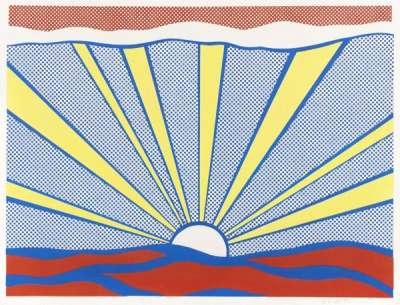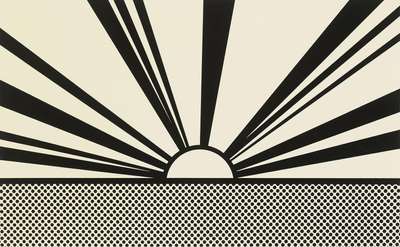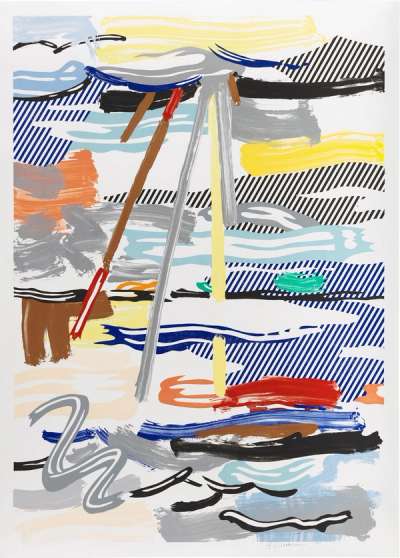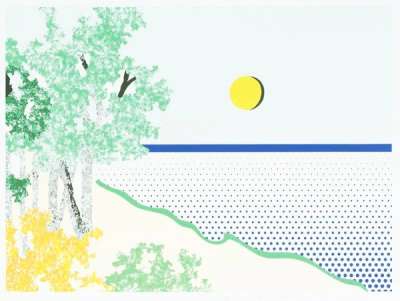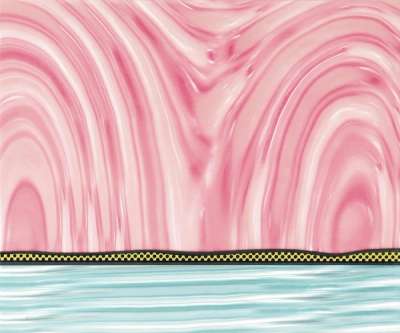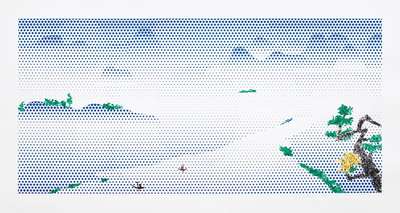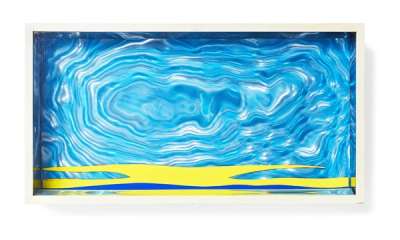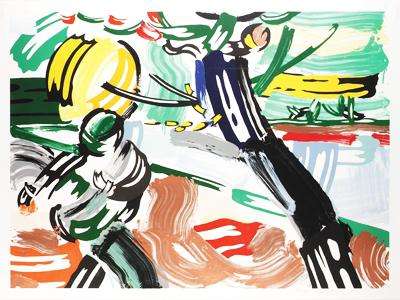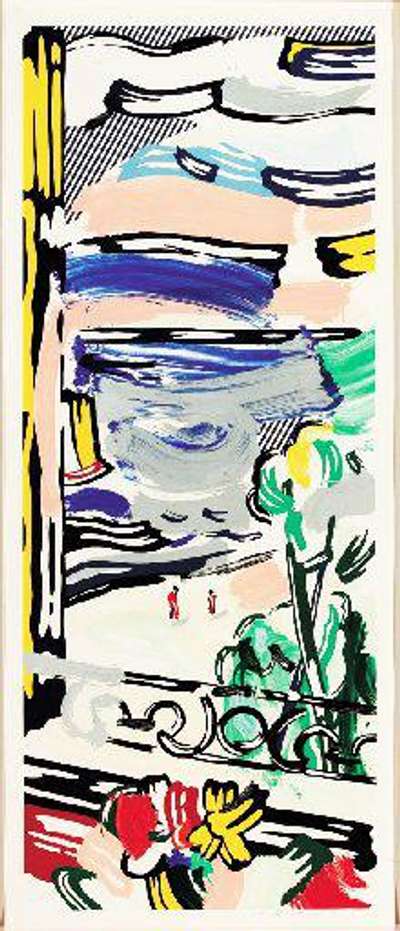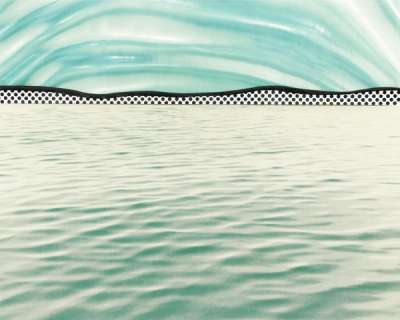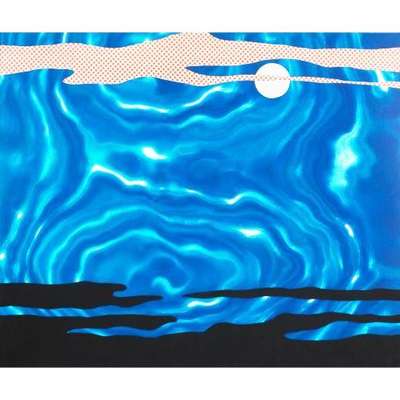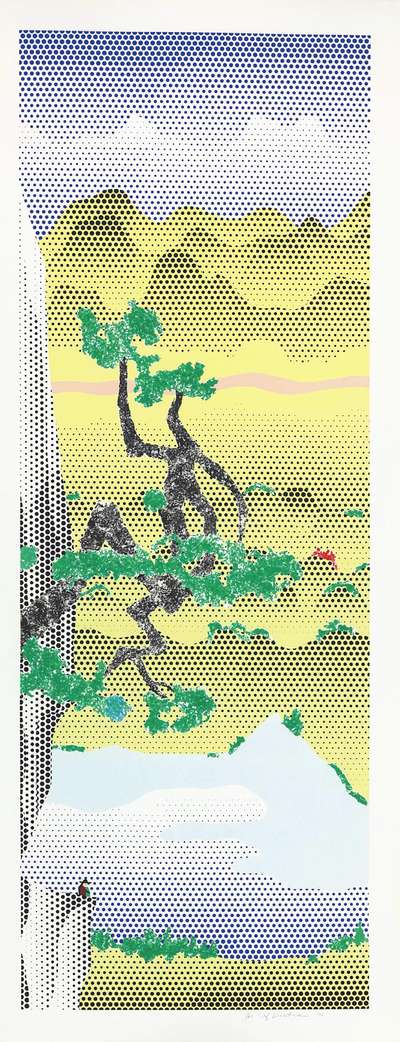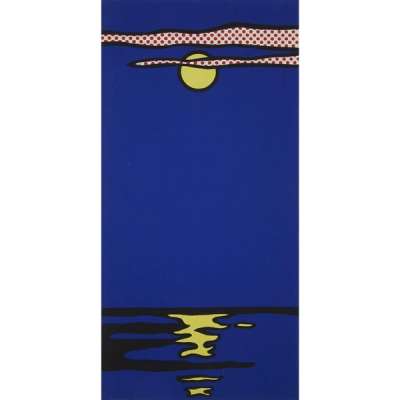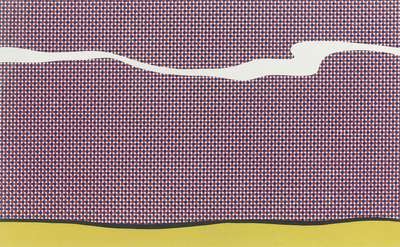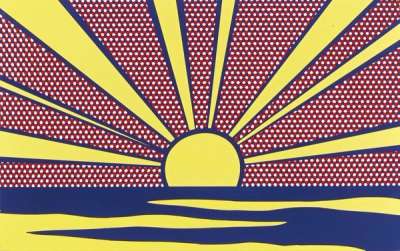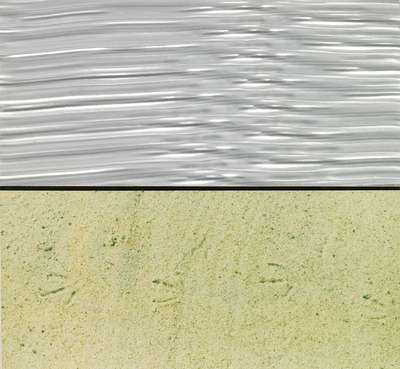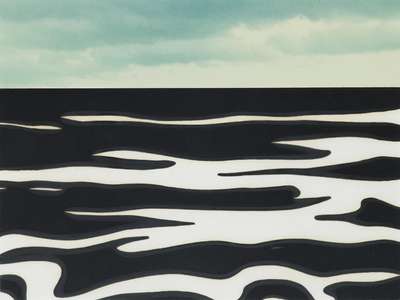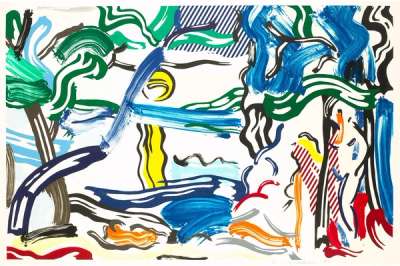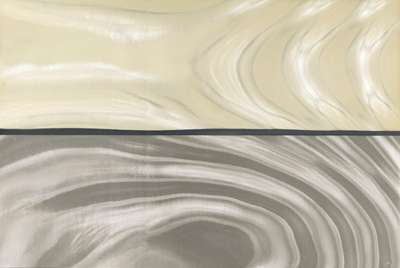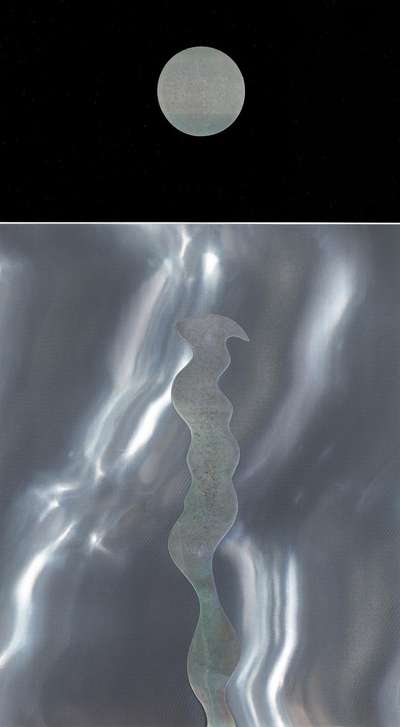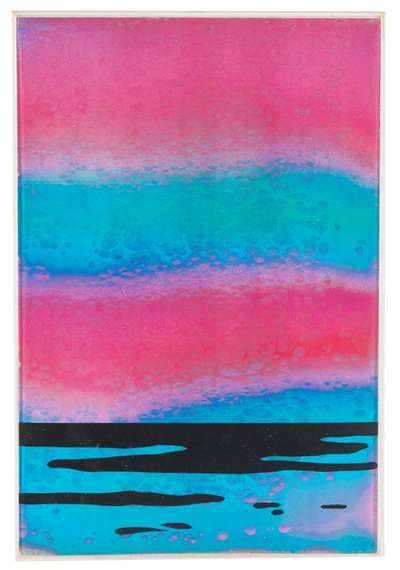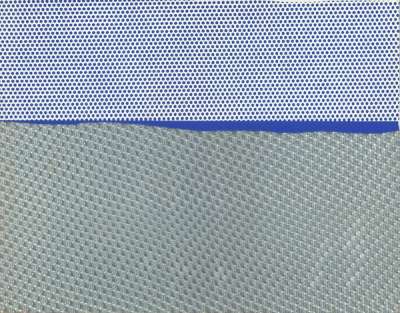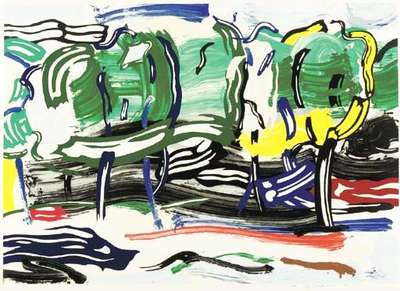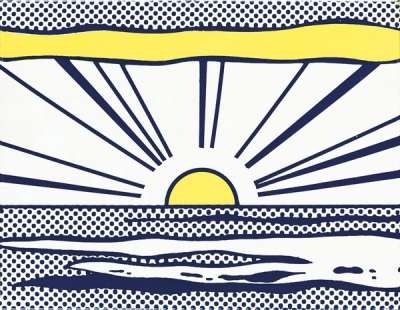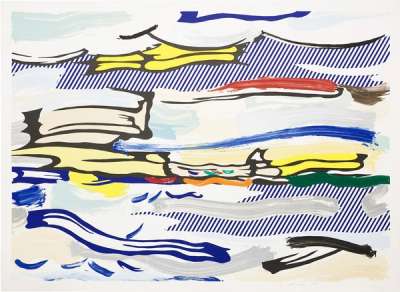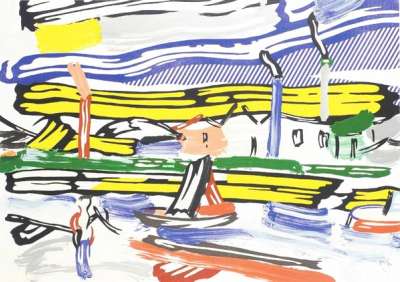
Landscape 3
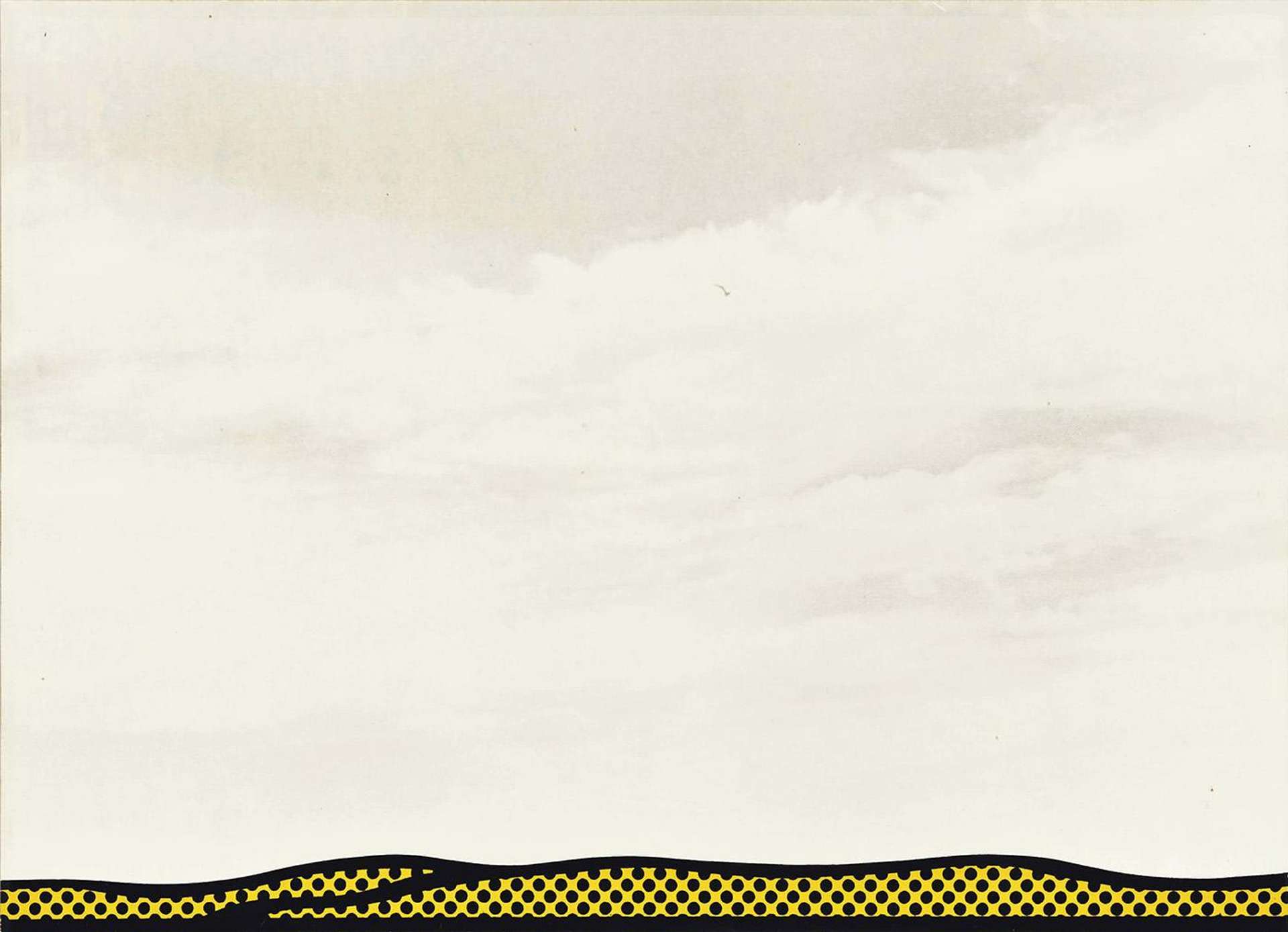
Landscape 3
Signed Print
Roy Lichtenstein
£6,000-£9,000
$11,500-$17,000 Value Indicator
$10,500-$16,000 Value Indicator
¥60,000-¥80,000 Value Indicator
€7,000-€10,500 Value Indicator
$60,000-$90,000 Value Indicator
¥1,140,000-¥1,710,000 Value Indicator
$7,500-$11,500 Value Indicator
AAGR (5 years) This estimate blends recent public auction records with our own private sale data and network demand.
There aren't enough data points on this work for a comprehensive result. Please speak to a specialist by making an enquiry.
Medium: Screenprint
Edition size: 100
Year: 1967
Size: H 30cm x W 42cm
Signed: Yes
Format: Signed Print
TradingFloor
MyPortfolio
Your collection tracked in real time.
Build your portfolio, manage valuations, view return against your collection and watch works you're looking for.
Track auction value trend
Auction Results
| Auction Date | Auction House | Artwork | Hammer Price | Return to Seller | Buyer Paid |
|---|---|---|---|---|---|
| October 2019 | Freeman's - United States | Landscape 3 - Signed Print | |||
| December 2015 | Christie's London - United Kingdom | Landscape 3 - Signed Print | |||
| April 2012 | Wright - United States | Landscape 3 - Signed Print | |||
| April 2012 | Christie's New York - United States | Landscape 3 - Signed Print | |||
| May 2008 | Sotheby's New York - United States | Landscape 3 - Signed Print |
Meaning & Analysis
Towards the mid-1960s, Roy Lichtenstein put his renowned comic book motifs on hold. In their place, the artist began exploring the formal qualities of landscape painting. Lichtenstein worked on his Landscapes, Moonscapes and Seascapes for over three decades. As part of this extensive project, he completed several autonomous portfolios.
Landscape 3 belongs to one such collection of fictitious nature scenes titled Ten Landscapes. This ten-part suite from 1967 condenses the conventional attributes of landscapes into purely associative forms. Lichtenstein’s simplified Ten Landscapes conjure alternative realities, similar to the absurdist dreamscapes of his Surrealist series.
Landscape 3 employs the artist’s recognisable visual vocabulary inspired by popular culture. Accordingly, the work’s depiction of a distant terrain is constituted by a boldly outlined grouping of black and yellow dots. Above, the artist inserts an image of clouds, thereby transforming his print into a brilliant photo-collage.
Preparatory drawings and layered stencils ensure Landscape 3’s graphic finish. Lichtenstein also introduces synthetic sheets of prismatic Rowlux to mimic the shimmer of natural light. The fabric supports the emerging composition, while also invoking a sense of movement and reflection. Lichtenstein’s quest to create illusionistic effects using experimental materials continued throughout his career. For instance, he pursued comparable plays on perception in his intricate Mirrors and later Water Lilies.
